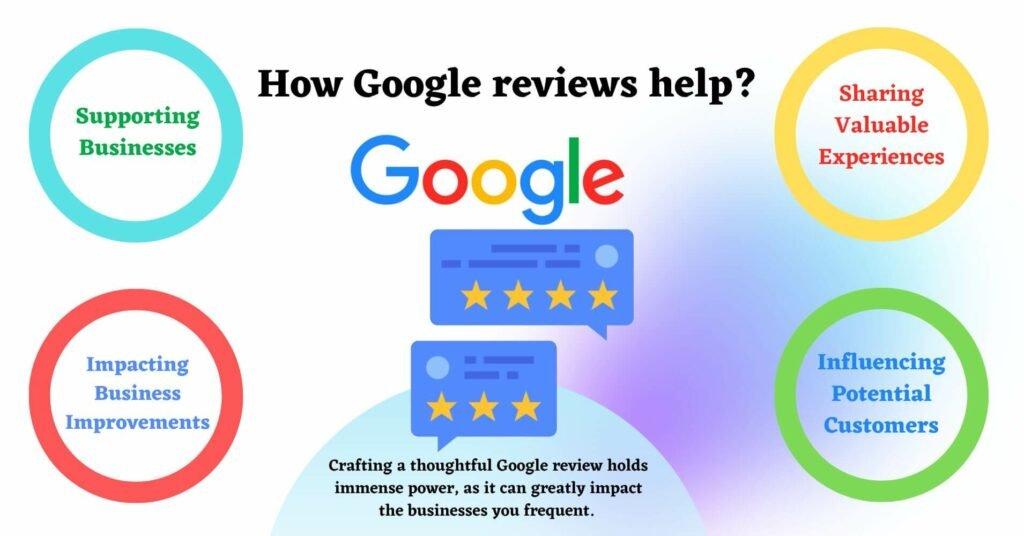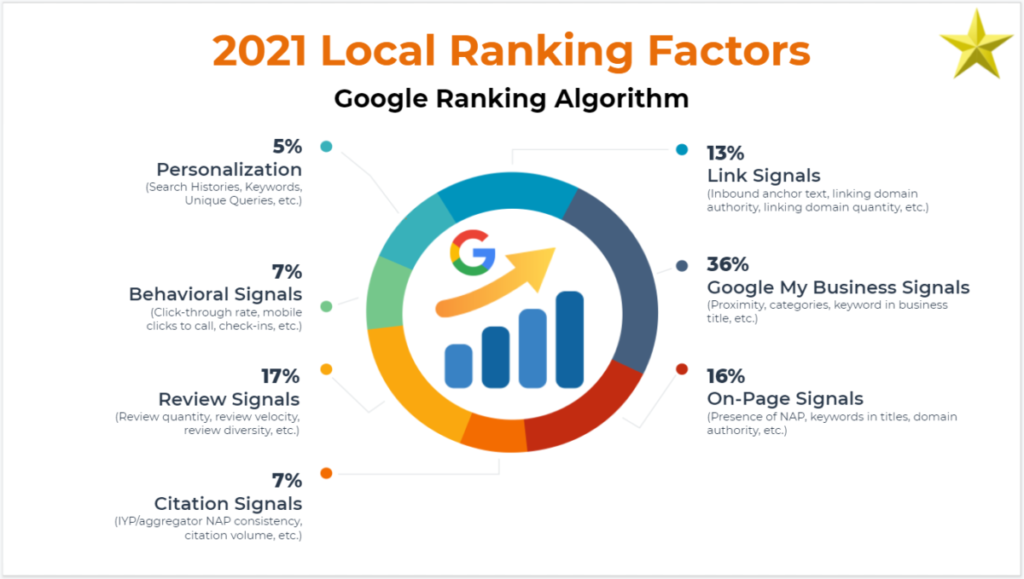
Introduction:
In today’s mobile-first world, speed is everything. A fraction of a second delay in page loading can lead to user drop-offs, lower engagement, and even lost revenue. This is where AMP (Accelerated Mobile Pages) steps in. Originally introduced by Google in 2015, AMP promised lightning-fast web experiences, especially on mobile devices.
But where does AMP stand in 2025? Is it still relevant? Does it benefit SEO? Should you implement it for your website?
In this AMP reviews, we dive deep into the evolution, pros and cons, and current use cases of AMP to help you make an informed decision.
What Is AMP?
Accelerated Mobile Pages (AMP) is an open-source HTML framework created by Google to optimize mobile web browsing. It strips down HTML, limits JavaScript, and uses a streamlined CSS for faster load times. Essentially, AMP is a version of your site that loads instantly and delivers a clean, fast, and responsive experience.
Key Features of AMP:
- Lightweight HTML and CSS
- Limited JavaScript usage
- Cached on Google servers for instant loading
- Prioritized content rendering
- Mobile-first framework
Why Was AMP Created?
AMP was Google’s response to the increasing demand for faster mobile experiences. In the mid-2010s, mobile usage skyrocketed, but many websites were slow, cluttered, and unresponsive. Google aimed to improve:
- Page speed
- Mobile user experience
- Ad viewability and performance
- Engagement on mobile content
Google even incentivized AMP by giving it preferential treatment in the Top Stories carousel and search rankings (although that advantage has since been dialed back).
How AMP Works
AMP pages consist of three core components:
- AMP HTML – A simplified version of regular HTML with some restrictions and specific AMP tags.
- AMP JS – A JavaScript library that ensures fast rendering by managing resource loading.
- AMP Cache – A content delivery network (CDN) that caches AMP content and serves it directly from Google’s servers.
Together, these components minimize HTTP requests and improve time-to-first-byte (TTFB), resulting in faster page rendering.
Pros of Using AMP
Blazing Fast Load Times
AMP pages load in less than a second in many cases, dramatically reducing bounce rates and improving engagement.
Improved Mobile Experience
AMP is designed for smartphones. It removes clutter, limits scripts, and focuses on core content — perfect for mobile users.
SEO Benefits
Although AMP is no longer a ranking factor, fast-loading pages improve Core Web Vitals, which are part of Google’s algorithm. This indirectly boosts SEO.
Increased Ad Viewability
AMP reviews enforces best practices in ad placement and ensures high viewability without slowing the page down.
Reduced Bounce Rate
Visitors are more likely to stay on a site that loads instantly. AMP reduces bounce rate, which positively affects SEO metrics.
Support for Analytics
AMP supports major analytics platforms, including Google Analytics and Adobe Analytics, using its own amp-analytics script.
Cons of Using AMP
Restricted Design and Functionality
AMP enforces limitations on CSS and JavaScript. This can hinder advanced design, interactivity, and custom features.
Implementation Complexity
While creating basic AMP pages is simple, integrating AMP on dynamic or eCommerce sites can be complex and resource-intensive.
Branding and URL Issues
In earlier versions, AMP pages were served via Google cache URLs (e.g., google.com/amp/yourdomain.com), leading to confusion and lost branding opportunities. Although improved, it’s still a concern for some.
Duplicate Content Risk
If AMP and canonical pages are not handled correctly, they may appear as duplicate content to search engines.
Declining Relevance
Google no longer requires AMP for inclusion in Top Stories or other SERP features. This has reduced AMP’s strategic value in recent years.
Is AMP Still Relevant in 2025?
Yes — but selectively.
In 2025, AMP is no longer the default go-to for fast mobile pages. Google’s emphasis has shifted to Core Web Vitals, encouraging developers to improve performance without relying on AMP.
When AMP Makes Sense:
- News and media sites with high mobile traffic
- Blogs that prioritize content speed and readability
- Publishers relying on Google Discover or Top Stories
- Sites with limited development resources that need a quick performance win
When AMP May Not Be Ideal:
- Complex eCommerce platforms
- Sites requiring advanced interactivity or third-party scripts
- Businesses focused heavily on branding and unique design
AMP vs. Core Web Vitals
While AMP automatically satisfies many Core Web Vitals metrics, they are not the same thing.
| Metric | AMP | Core Web Vitals |
| LCP (Largest Contentful Paint) | Excellent | Varies by implementation |
| FID (First Input Delay) | Near-zero | Can be optimized manually |
| CLS (Cumulative Layout Shift) | Low | Requires developer effort |
| Customization | Limited | Fully customizable |
| Ranking Factor | Indirect | Direct |
With modern web technologies like Next.js, React, and lazy loading, developers can now achieve AMP-like speed without using the AMP framework.
Alternatives to AMP
In 2025, several AMP alternatives provide equal or better performance without limitations:
Progressive Web Apps (PWAs)
PWAs offer fast performance, offline access, and app-like experience without relying on AMP’s restrictive framework.
Server-Side Rendering (SSR)
SSR helps pages render quickly by pre-generating HTML on the server instead of waiting for the browser to process JavaScript.
Static Site Generators
Frameworks like Hugo, Jekyll, and Gatsby create ultra-fast static sites ideal for blogs and content-heavy sites.
Core Web Vitals Optimization
Tools like Google PageSpeed Insights, Lighthouse, and Web.dev help developers optimize traditional websites to AMP-level speed.
How to Implement AMP in 2025
If you choose to adopt AMP reviews, here’s a quick implementation guide:
Create an AMP HTML Page
- Use <html amp> in place of <html>
- Load AMP scripts in the header
- Avoid custom JavaScript and restrict CSS to 50KB
Add Canonical and AMP HTML Links
In the AMP page:
html
CopyEdit
<link rel=”canonical” href=”https://www.yoursite.com/page.html”>
In the canonical page:
html
CopyEdit
<link rel=”amphtml” href=”https://www.yoursite.com/amp/page.html”>
Validate Your AMP Page
Use the AMP Validator or Google Search Console to verify the validity of your AMP pages.
Submit to Google Search Console
Submit your AMP sitemap or URLs to GSC to get them indexed quickly.
AMP Case Studies
The Washington Post
One of the early AMP adopters, The Washington Post saw instant load times, 23% increase in return visits, and improved engagement.
AliExpress
By implementing AMP on product pages, AliExpress experienced a lower bounce rate and increase in conversions, especially in mobile-first regions.
WIRED
WIRED implemented AMP for mobile readers and saw 25% higher click-through rates and increased ad revenue due to higher viewability.
Tools and Resources for AMP
- AMP.dev – Official AMP documentation and tutorials
- AMP Validator – Chrome extension and browser tool
- Google Search Console – Tracks AMP indexing and issues
- PageSpeed Insights – Compare AMP vs. non-AMP speed
- AMP Plugins – For WordPress and other CMSs (e.g., AMP for WP, WP AMP Ninja)
AMP for WordPress in 2025
WordPress continues to support AMP via plugins like AMP by Google, which allows site owners to build native AMP experiences or generate AMP versions of their existing pages.
With new compatibility features, Gutenberg support, and AMP-first themes, building AMP in WordPress has never been easier. However, performance-focused themes like Astra, Neve, or GeneratePress might offer comparable speed without needing AMP.
Final Verdict: Should You Use AMP?.png)
It depends on your goals.
AMP is still a viable tool for:
- Publishers with mobile-first content
- Blogs focused on speed and simplicity
- Businesses seeking instant content delivery
However, if you:
- Need heavy interactivity or advanced design
- Want more control over UX/UI
- Have the resources to optimize Core Web Vitals
Then AMP may not be necessary.
Conclusion:
AMP reviews has transformed how we think about mobile speed. While it’s no longer the only solution for a fast, mobile-optimized experience, it still holds value in specific contexts. In 2025, the smartest approach is to weigh AMP against your site’s needs, users, and goals.
Whether you’re a publisher, blogger, or business owner, the key takeaway from this AMP review is simple:
Speed matters — but so does control. Choose wisely.






